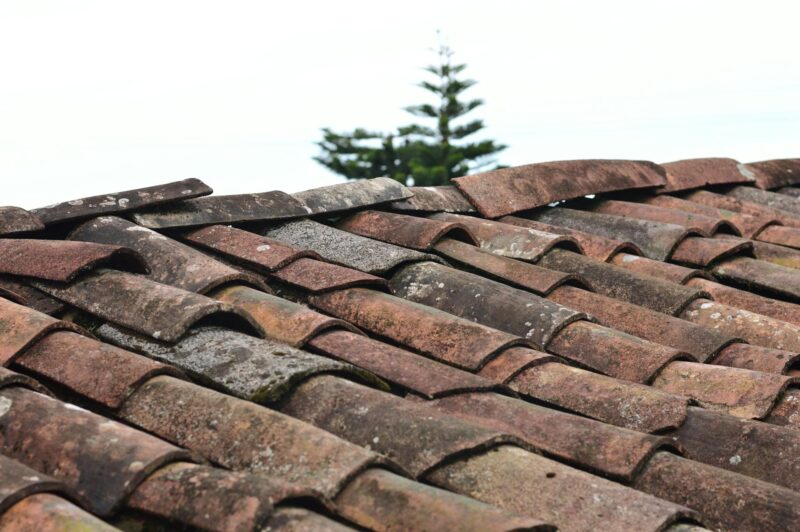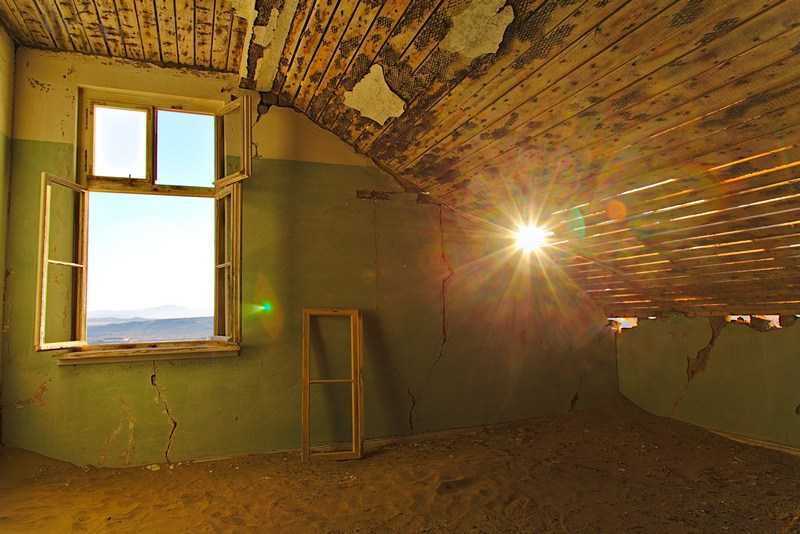Is your roof leaking? Don’t let those pesky raindrops ruin your day! With a little DIY know-how and a can-do attitude, you can fix that leaky roof and keep your home dry and cosy. In this blog post, we’ll share some handy tips and tricks to help you tackle this common household issue. So grab your tool belt and let’s get started!

1. Locate the Source
The first step in fixing a leaky roof is to find the source of the problem. Grab a flashlight and head up to your attic to inspect the area directly above where you’re experiencing the leak. Look for any signs of water stains, mould, or dampness. Once you’ve identified the general area, it’s time to head outside and climb up onto your roof.
Here are some tips:
- Inspect your attic or crawlspace with a flashlight during or after a rainstorm. Look for signs of water damage, such as stains, mould, wetness, or drips. Follow the trail of water to the highest point or the closest roof penetration, such as a vent, chimney, or skylight.
- If you don’t have attic access or can’t find the leak from inside, you can try to locate it from outside. Get on the roof and look for any obvious damage, such as missing, cracked, or curled shingles, loose or exposed nails, or damaged flashing.
- If the leak is not visible from the roof, you can use a garden hose to simulate a rainstorm and isolate the leaky area. Start by spraying water on the lowest part of the roof and gradually move up until you see water dripping inside the house. You may need a helper to watch for the leak from inside while you spray the water from outside.
- If the leak is still hard to find, you can remove some shingles or tiles around the suspected area and inspect the roof deck and underlayment for any holes, cracks, or gaps. You can also use a nail or a screwdriver to probe for any soft or rotten spots.
2. Clear Debris
Before you can start repairing the leak, you’ll need to clear away any debris that might be blocking the flow of water. Leaves, branches, and other debris can clog your gutters and cause water to back up onto your roof. Grab a ladder, some gloves, and a sturdy trash bag, and get to work clearing out that gunk. Remember to always prioritize safety and use caution when working at heights.
3. Patch Small Holes
If you’ve identified a small hole as the source of the leak, you can easily patch it up yourself. Start by cleaning the area around the hole with a brush or cloth. Then, apply roofing cement or sealant to the hole, making sure to spread it evenly and cover the entire affected area. For added protection, you can place a patch of roofing material over the sealant and secure it with more cement.
Related:
4. Replace Damaged Shingles
Missing or damaged shingles are a common cause of roof leaks. If you notice any shingles that are cracked, curled, or completely missing, it’s time to replace them. Start by carefully removing the damaged shingle using a pry bar or a hammer and chisel. Once the old shingle is out, slide the new one into place and secure it with roofing nails. Remember to overlap the new shingle with the ones surrounding it to ensure a watertight seal.
Here are some DIY tips for replacing damaged shingles:
- Gather the materials and tools you will need for the job. You will need new shingles that match the size, colour, and type of the old ones, roofing nails, a hammer, a pry bar, a utility knife, and a flathead screwdriver1234. You may also need a ladder, a harness, and a tarp to access and protect the roof.
- Wear proper safety gear, such as gloves, goggles, boots, and a harness. Replacing shingles can be dangerous and messy, so you need to protect yourself from injuries and debris.
- Remove the damaged shingles carefully. Start from the top of the roof and work your way down. Use the pry bar to lift the shingle above the damaged one and expose the nails. Use the hammer to pull out the nails and slide out the damaged shingle. Repeat this process for all the damaged shingles you need to replace.
- Cut the new shingles to fit the gaps. Use the utility knife to trim the new shingles to the same size and shape as the old ones. You may need to cut off the tabs or notches on the new shingles to make them fit better.
- Slide the new shingles into place. Align the new shingles with the existing ones and make sure they are flush with the roof. Use the hammer to nail the new shingles to the roof with four nails each, one at each corner. Make sure the nails are driven below the surface of the shingle and do not stick out.
- Seal the edges of the new shingles with roofing cement. Use the flathead screwdriver to apply a dab of roofing cement under the corners of the new shingles and press them down firmly. This will help secure the new shingles and prevent them from curling or lifting.
5. Seal Flashings and Vents
Flashings and vents are vulnerable areas on your roof that can easily develop leaks. Inspect these areas for any signs of damage or deterioration. If you notice any cracks or gaps, use roofing sealant or caulk to seal them up. Make sure to apply the sealant generously and evenly to create a tight seal that will keep the water out.
6. Consider Professional Help
While DIY repairs can save you money, there are some instances where it’s best to call in the professionals. If your roof is severely damaged, if you’re uncomfortable working at heights, or if you’re unsure about the extent of the problem, it’s wise to seek professional assistance. Roofing experts have the knowledge, experience, and tools necessary to handle complex repairs and ensure your roof is in tip-top shape.
Conclusion
Repairing a leaky roof may seem like a daunting task, but with the right approach and a little guidance, you can successfully tackle the job yourself. Remember to always prioritize safety, take your time, and don’t hesitate to seek professional help if needed. By following these DIY tips, you’ll be able to fix that leaky roof and keep your home dry and snug, no matter what the weather throws at you. Happy repairing!











